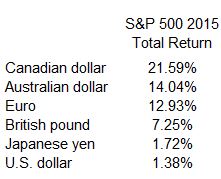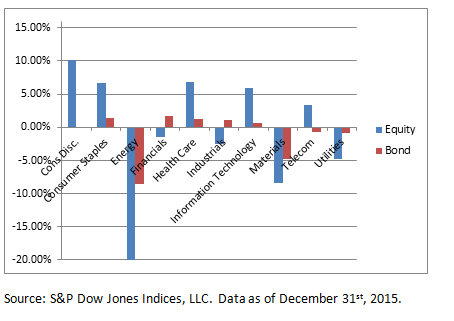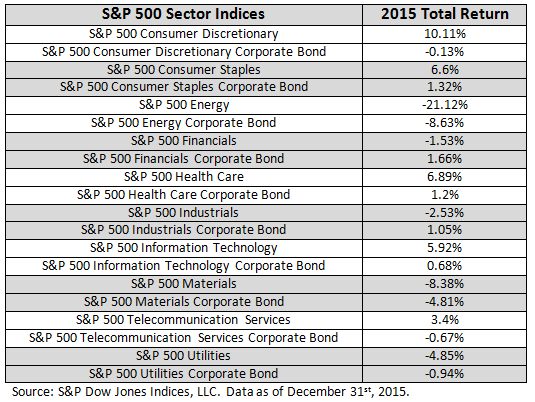Global emissions of carbon dioxide (CO2) would have to fall by about 60% by 2050 to limit the increase in average temperature to 2°C above pre-industrial levels. Over the last 40 years, CO2 emissions have mostly risen or remained flat, and fallen only following major economic crises. Add to this a global population that is projected to grow to 9.6bn by 2050 and that 2°C target looks increasingly unrealistic. The International Energy Agency has stated that the world is on course for average temperature rises of at least 4°C, not the 2°C targeted by policy makers. Correcting this gap will almost certainly involve a much tougher regulatory framework with a higher cost of carbon at its core.
The current response to such carbon cost risks from the fund management industry is extremely varied and therefore continues to be a concern for institutional investors including pension funds. Without accurate measurement of these risks, investors may struggle to manage the risk effectively.
Step onto the scales
A carbon footprint analysis quantifies the greenhouse gas emissions (GHG) emitted by companies in the portfolio. The analysis also takes account of purchased electricity, business travel, and logistics. The carbon footprints of portfolios, expressed in tonnes of carbon dioxide equivalent (CO2e) provide a comparable measure of emissions associated with holdings and provide a useful indicator for related exposure to carbon costs.
The carbon footprints of funds can vary dramatically. In one case we analysed two funds with the same investment style where the smaller footprint was 209 tonnes of CO2e per £ million invested and the larger footprint was 1,487 tonnes CO2e/£ million—that’s seven times more exposure to potential carbon costs. Neither fund manager considered CO2 in their investment process.
Other useful metrics include an analysis of a portfolio’s exposure to stranded fossil fuel assets. If only one-third of already discovered fossil fuel deposits can be burned if we are to keep to a 2 degree limit, why are many oil & gas companies allocating large capex to discovering more?
A measure can also be given for the alignment of a portfolio’s energy investments with pathways that would support a low-carbon economy. This is useful because any regulation and subsidies that come forward to support such a transition could have cost implications for the heavier carbon fuel producers.
Climate change risk is therefore an issue that pension funds trustees may increasingly look to assess and actively manage. Carbon exposure, in particular, may be a clear risk to portfolio returns that can be quantified.
Low-carbon indices – healthier benchmarks?
In response to demand for benchmarks that take into account carbon exposure risk, S&P DJI has introduced low-carbon versions of many of its well-known indices. For instance, the S&P Carbon Efficient family includes the S&P 500® Carbon Efficient Index, which closely tracks the performance of the S&P 500 while significantly reducing the carbon footprint of the overall portfolio. It has a six-year track record of delivering returns that are similar to those of the S&P 500, but with around 50% less exposure to potential carbon emission risks.
Working out a carbon fitness regime
To achieve low carbon exposure, investors may wish to:
- Track how a fund’s carbon exposure compares to that of the benchmarks.
- Monitor portfolios on greenhouse gas emissions and related exposure to carbon costs under existing and planned regulatory frameworks.
- Develop processes to proactively manage emissions-related risks and opportunities in portfolios to better protect savings.
Wishing you a healthy and prosperous new year.
The posts on this blog are opinions, not advice. Please read our Disclaimers.
















































